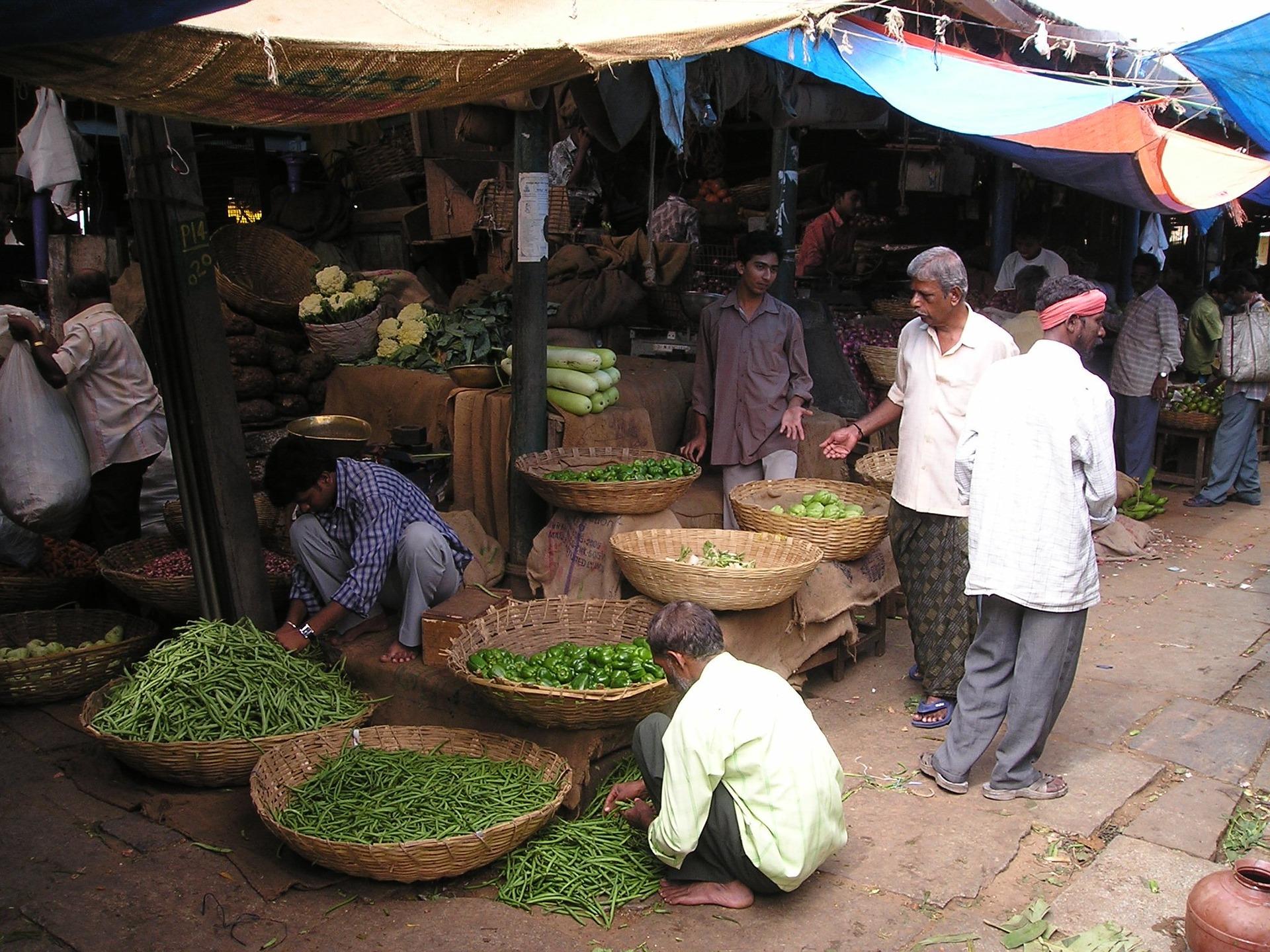The dire need for modern societies to follow social justice has been driving equality advocates to look for ideas everywhere, from sports to cryptocurrencies. With stakeholders, experts and observers suggesting reasonable solutions, a solution proposed by the United Nations is formal employment – also, the theme of this year’s World Day of Social Justice, observed on February 20 every year.
The UN says, more than 60 per cent of the world’s employed population, that is 2 billion women, men and youth, earn their livelihoods in the informal economy. Informal workers, often without any form of social protection or employment-related benefits, are twice as likely to be poor compared to formal workers. While there are difference of opinions on formal employment being a guaranteed path to social equality, it is indeed a topic to follow keeping in mind the benefits it brings to humans, more so, after the two difficult years of the pandemic.
The pandemic has made the situation worse for employment, formal or informal. According to the Azim Premji University’s State of Working 2021 paper, in 2020, India lost 100 million jobs due to the lockdown, of which 15 million jobs were lost permanently. The paper also pointed at a 50 per cent rise in informal workers as the maximum impact was on salaried or regular wage workers and they moved to informal self-employment (30 percent), casual (10 percent) or informal salaried (9 percent) work. It also found a fall of 17 per cent in average monthly income of workers and impoverishment of 230 million who fell below a minimum wage threshold of ₹375 per day recommended (but not accepted or implemented) by the Anoop Satpathy Committee.
The year 2021 was better than 2020 in case of formal employment. Based on the net addition in Employees’ Provident Fund Organisation (EPFO) data, which covers the low paid workers in medium and large establishments of formal sector, there was an acceleration in formalisation of the job market in India. The EPFO subscriptions is an indicator of the extent of formalisation and the coverage of social security benefits to the organised or semi-organised sector workforce. During 2021, there was a net addition of 13.95 lakh to EPF subscribers in November 2021, driven by both new formal jobs and formalisation of existing jobs.
While formalisation is a positive development, there is more to the employment story than this.
Informality is Where the Action Is
In the case of India, despite high levels of economic growth during the past two decades, the informal economy still accounts for more than 80 per cent of non-agricultural employment. The country has outstanding and embarrassing gaps in employment demand and supply across its states. For example, in Madhya Pradesh, there are more than 32 lakh registered unemployed people and around 1 lakh government jobs lying vacant. In some cases, the state has 11,000 applicants trying for 15 jobs, say news reports. Then, there are experts underlining the lack of frequent and up-to-date economic indicators, making it hard to track India’s large informal sector, which not only employs around 80 per cent of the labour force, but also produces about 50 per cent of the GDP.
It is important for India to decode this informality, as ILO says, it is found in both the traditional informal economy and – increasingly – through the growth of informality in the formal sector largely due to the growing use of contract labour and outsourcing of production. While contract labour and outsourcing are newer, smarter ways of employers to make work more target-oriented and reduce costs, at the government level, the real action has been under reservations. In Haryana n 2016, a widespread rioting by the Jat community, led by decreasing agriculture incomes, was to seek reservations to transition to formal employment. In 2022, the state is taking it to the next level with reservations in the private sector with Haryana State Employment of Local Candidates Act, 2020.
Another great experiment that has worked well is providing job security at rural level through MGNREGA. An ILO working paper presented in 2019 on informal employment trends in India, says the Indian economy has “persistent informality, but growing positive development”. Several positive developments have taken place in work since the pace of GDP growth picked up in the Indian economy since 1991. First, after a lag (from 2004 onwards), the absolute numbers in agriculture began to fall as non-agricultural growth picked up. There had been a remarkable and historic shift in rural wages, partly due to the spillover effect of MGNREGA, on the one hand, and shortage of labour partly due to higher participation in education, that forced farmers to start using machines. In addition, rising demand for labour in the construction sector, both in rural and urban areas, with relatively higher wages also partly explains the absolute fall in agricultural employment post-2005.
The ILO paper also credits a rising share of industrial employment, mainly in construction; organised segments (employing more than 10 workers) in non-agricultural employment; regular wage employment; real wages and open unemployment; formal enterprises due to the Goods and Services Tax; and improved education level of the workforce in last few years to be other significant changes.
The UN labour agency says, all these positive factors do tend to temper or mitigate the disadvantages of informality in India’s growing workforce. If the state initiates efforts as early as possible to provide social insurance coverage to the poor among the unorganised segment, informal workers, this process will constitute a huge gain for the realisation of the rights of workers. The Centre’s response to this is e-Shram.
Protection Cover to the Informal Sector
Launched last year, e-Shram registered more than 10 crore unorganised workers in less than 100 days. The Ministry of Labour & Employment portal, for registering and serving informal workers in the country, is seeded with Aadhar to deliver all the social security benefits of the central and state governments to these workers. All eligible registered workers on the portal get an accidental insurance cover of ₹2 lakh under Pradhan Mantri Suraksha Bima Yojana from the date of issue of policy.
The government says, nearly 48 percent of the registered e-Shram workers are males and the remaining 52 percent workers are females. So far, 2,380 transgender persons have been registered on the portal.
MGNREGA and e-Shram together attempt to serve India’s vast informal workforce, till formality happens to the country. Started in 2006 from 200 backward districts, the Mahatma Gandhi National Rural Employment Guarantee Act (MGNREGA) has since achieved good numbers in terms of jobs created and households benefited, and has the commitment of the government.
Economists globally call the job guarantee a superior economic stabiliser, especially during pandemic and recessions, reducing their severity with laid off workers getting jobs from the scheme. The task-oriented work is for everyone, so bringing in more social justice and equality, says Mary Boyd, an expert with the MacKillop Centre for Social Justice and P.E.I. Coalition for a Poverty Eradication Strategy, in an opinion article.
MGNREGA has also helped in identifying and creating needed jobs to improve people’s lives and their communities. The bottom-up programme funded by the Centre and administered by states has worked well in India if we see beyond the number of beneficiaries, the money transferred to their bank accounts, and annual budget allocations over the years. Its real success lies in the suggestion given by a parliamentary standing committee to the Centre in August 2021 to roll out a similar scheme for urban labourers as well. At rural level, the programme has seen value additions of convenient money transfers and social audit with Indian states learning from each other.
Power to Formality and Self-Employment
The government of India’s EPFO-linked Atmanirbhar Bharat Rozgar Yojana (ABRY) is working for the formalisation of informal employment and creating new employment opportunities during and post COVID-19 pandemic. As on 18 December 2021, total benefits of ₹2966.28 crore have been given to 42,82,688 beneficiaries through 1,20,697 establishments under ABRY, says the Centre.
In addition, the government programme is aiming at building entrepreneurs among struggling social sections to drive change. The Department of Social Justice and Empowerment’s Ambedkar Social Innovation Incubation Mission (ASIIM) aims at enabling the backward to become ‘job-givers’. The ASIIM initiative is implemented by the Venture Capital Fund for SCs (VCF-SCs), which was set up in 2016 with a fund size of ₹500 crore, and by September 2020, had sanctioned financial assistance to 118 companies to the tune of ₹444.14 crore.
Self-employment is another avenue of upward social mobility but must overcome hurdles like lack of access to formal capital, say experts. While the reports by the MSME ministry say that Dalit-owned ventures are still minimal in terms of numbers as well as revenue, the success stories are already there to suggest that it is a good idea for humans and societies, and India’s massive job crisis.


























